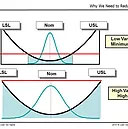News this week from the UK government is a classic lesson in Six-Sigma. The government wants to be the first in the World to make more information about surgeon (doctor for an operation) “success rates” available to the general public in order that they can make “better decisions” about who to choose as their surgeon. The specific information they have chosen to release to the public is the number of “successful” operations. How do they want to define a “successful operation” ?
Their definition of success is whether the patient lives or dies as a result of the operation. ( I am not making this up). See these two newspaper reports if you want to see for yourself
http://www.theguardian.com/society/2014/nov/19/nhs-chief-surgeons-moral-responsibility-publish-death-rates
http://www.telegraph.co.uk/health/nhs/11240241/PIC-AND-HOLD-Just-three-surgeons-named-as-having-high-death-rates.html
Following the problem solving methodology of Six Sigma we first understand and define the problem we are trying to solve. This is done in the “Define” phase of the six sigma problem solving methodology DMAIC. ( D = define )
A summary of the output of the Define phase is a “Problem Statement” ….what is the problem we are trying to solve.
In this case the problem statement is something like ” The citizens of the UK presently do not have enough information available to them to make good decision when given the choice as to which surgeon to choose, in order that they make the choice of surgeon is has the greatest probability of curing their illness”. What we are trying to do is understand which of the INPUTS that we measure have a statistically significant effect on the OUTPUT ( success of curing of illness)
OK, so that sound like a reasonable problem for us to try to solve, right?
INPUTS are anything that could could have an effect on the OUTPUT ( success of curing of illness).
The next phase is DMAIC is the Measure phase ( M = measure ).
This is where we decide which IMPUTS need to be measured in order to provide he information we need to be able to lead us, after ANALYSIS ( A = Analysis ) to the IMPROVEMENT ( I = Improvement ).
In this case, INPUTS would be items such as the following ( these are just a few examples ):
Years of experience of surgeon
Age of patient
Did the patient smoke
What was the severity of the operation
Blood pressure of patient before operation
Hospital that the operation took place in
Number of nurses in the operating theatre
Number of minutes taken for the operation
University where the surgeon was educated
etc etc ( there are obviously hundred or thousands of possible INPUTS that could effect the OUTPUT of “success of curing illness”.
So, out of all of all the thousands of different measurements that could have been made on the surgeons and their operations…how many did the UK government decided upon for measurement and to move to the ANALYSIS phase ? They chose only ONE (1). They focused on ONE input which is “Did the patient die during the operation”
So now the analysis ( A = Analysis) of this one measurement that we are provided with! You see that this one input does not tell us the full story about the behavior of the output.
The IMPROVEMENT is where decide to implement in order to correct the problem statement that was developed in the DEFINE stage. Since we do not have enough of the correct measurements, we cannot do the correct analysis and therefore cannot make the correct decision on how to implement the improvement.
The moral of this story is that if the UK government, or the UK National Health Service ( NHS ) had understood the methodology of Six-Sigma and the problem solving framework of DMAIC then they would never have made this fundamental mistake.














